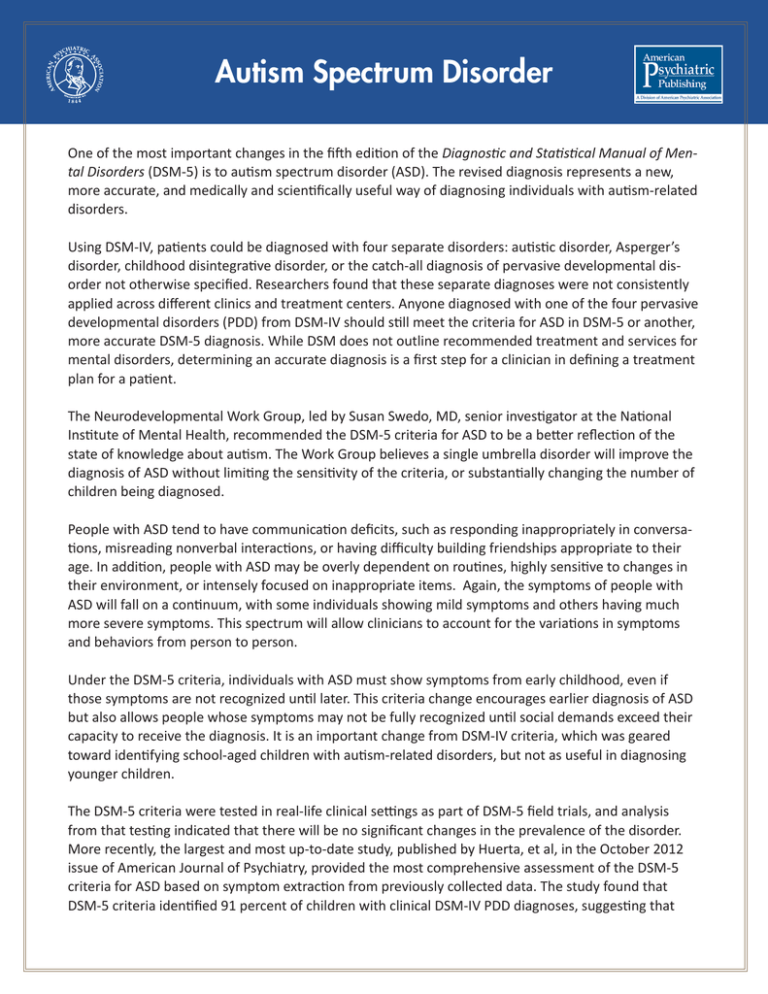

Difficulty initiating social interactions, and clear examples of atypical or unsuccessful response to social overtures of others. Without supports in place, deficits in social communication cause noticeable impairments. Distress and/or difficulty changing focus or action. Inflexibility of behaviour, difficulty coping with change, or other restricted/repetitive behaviours appear frequently enough to be obvious to the casual observer and interfere with functioning in a variety of contexts. For example, a person who speaks simple sentences, whose interaction is limited to narrow special interests, and how has markedly odd nonverbal communication. Marked deficits in verbal and nonverbal social communication skills social impairments apparent even with supports in place limited initiation of social interactions and reduced or abnormal responses to social overtures from others. Great distress/difficulty changing focus or action. Inflexibility of behaviour, extreme difficulty coping with change, or other restricted/repetitive behaviours markedly interfere with functioning in all spheres.

For example, a person with few words of intelligible speech who rarely initiates interaction and, when he or she does, makes unusual approaches to meet needs only and responds to only very direct social approaches. Severe deficits in verbal and nonverbal social communication skills cause severe impairments in functioning, very limited initiation of social interactions, and minimal response to social overtures from others. Severity levels for autism spectrum disorder. If you don’t know your child’s DSM level, you can use the following table which explains what the levels are and what they mean. Should you feel a class is not suitable for your child, we are happy to transfer to our more suitable class.
DSM 5 AUTISM REGISTRATION
SNAPP uses your child’s DSM level as a starting point to understand which group they should be involved with – our registration form includes a simple selection item where you can let us know your child’s DSM level (1, 2 or 3). As result a child’s autism diagnosis is usually (but not always) explained to parents in terms of a DSM level. The NDIS, increasingly, is looking for this to be provided when assessing a child’s needs. It contains a simple classification of Autism – simply called a child’s DSM level within the Autism community. It is a key tool used by mental health practitioners.
DSM 5 AUTISM MANUAL
The “DSM-V” is version 5 of the Diagnostic Statistical Manual published by the American Psychiatric Association. One of the tools used to help do this it their clinical Autism level as defined by DSM-V.

One of the keys to the success of SNAPP is the ability to group kids with others of similar age and needs.


 0 kommentar(er)
0 kommentar(er)
